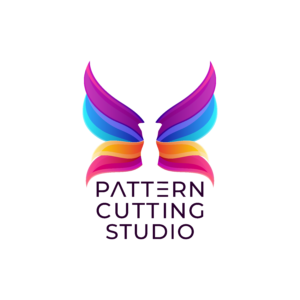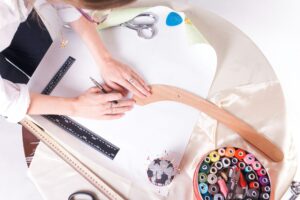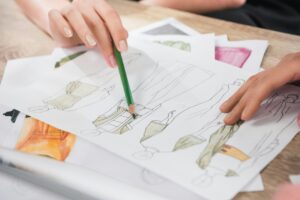
Do you find it hard to stay within an allocated development budget? You are not alone; even the most experienced fashion designers, with many collections behind their belt, sometimes struggle to manage their spending during development. It can be challenging to keep an eye on cash flow when you’re in the midst of a creative-flow.
Of course, managing your budget starts with the pre-development stage. So, let’s see how you can get off to a good start with some planning.
The process can be confusing for newcomers and experienced fashion designers alike, since sewing factories have different ways of delivering these services and charges. The first thing you need to do is get a clear picture of the conversation you are going to have with your manufacturer. If you mess up in this step, you might end up overpaying by thousands of pounds before your idea even sees the light.
Here are five essential questions you need to ask to get a clear idea of charges:
- What are you paying for?
- When is the payment due?
- What are the confirmed charges, and what are the estimates?
- Is there anything that might trigger a price increase, and what are the additional fees?
- Are there any surcharges for extra remedial work if you need any or discounts for delayed deliveries?
When you clear the charges above, they should be included in your purchase order or become a part of your manufacturing agreement, like how we do it in any of our packages here at Pattern Cutting Studio.
1. What are you paying for: You will receive your clothing pattern in a digital format and 3D render in white colour. If you are working with a factory that has printing facilities, you will not need anything else. We will email your pattern to the factory. They will print it out, and you don’t have to worry about anything. However, if your supplier asks you for a hard copy of the pattern, you will have to pay extra charges for printing and shipping it to your vendor.
2. When is the payment due: We ask for a full fee before commencing our work, just as many other suppliers do. It reduces an expensive credit control burden on companies which in turn mean that customers can save money. You must ensure that you have enough funds to pay for the services in advance to avoid unforeseen expenses.
3. What are the confirmed charges and what are the estimates: This is where it gets confusing. Many development studios struggle to give you a rough estimate due to the nature of the process. It’s usually quite experimental, and like any experiment, you don’t know which way it will go and how long it will take. To stay within the agreed budget here at Pattern Cutting Studio, we must be very strict regarding the number of alterations allowed for each garment. Any alterations that are not described in your package will be charged hourly.
4. Is there anything that might trigger a price increase, and what are the additional fees: Check with the supplier whether they charge extra for emails, phone calls, meetings or fitting sessions. What materials will they supply, would you have to pay extra for the packaging, sewing threads etc.?
We’ve done everything to avoid those extra charges and think that 1-hour free consultation for our gold package is enough time to discuss your collection in detail. So, make sure you prepare for it; we even record the session and email it to ensure the most efficient use of the time. However, since this is a time-sensitive work environment we do charge extra for going over the allotted time.
5. Are there any surcharges for extra remedial work if you need any or discounts for delayed deliveries: Although this is quite similar to the previous point, it is essential to reiterate extra charges and look at them in a different light. For example, your manufacturer might repeat the same things to you, or it might trigger a different kind of conversation about the costs and will give you more insights into what you might be spending.
The next important step, after these five questions have been answered, is to record all the information from the discussions and put it in a document. This document can then be used to refer to in case there are any questions or concerns. It can be your purchase order or become part of the manufacturing agreement. It is also good to have all your discussions in written form in case a dispute arises between you and the supplier, or just to rule out general miscommunication.
Lastly, one of the colossal issues is when the designer doesn’t clarify the pattern ownership. Often, fully-factored suppliers will not provide you with a copy of the pattern after production, even though you paid for the development services. As a result, designers are forced to undergo the costly development process again, recreating the style patterns that the factory kept. Therefore, pattern ownership has to be a part of your manufacturing agreement or purchase order from the get-go.
If you are interested in what a purchase order might look like, you can download an example we created with our template. This template is shared with all our clients to help them communicate their demands clearly and efficiently. Feel free to download it here.




